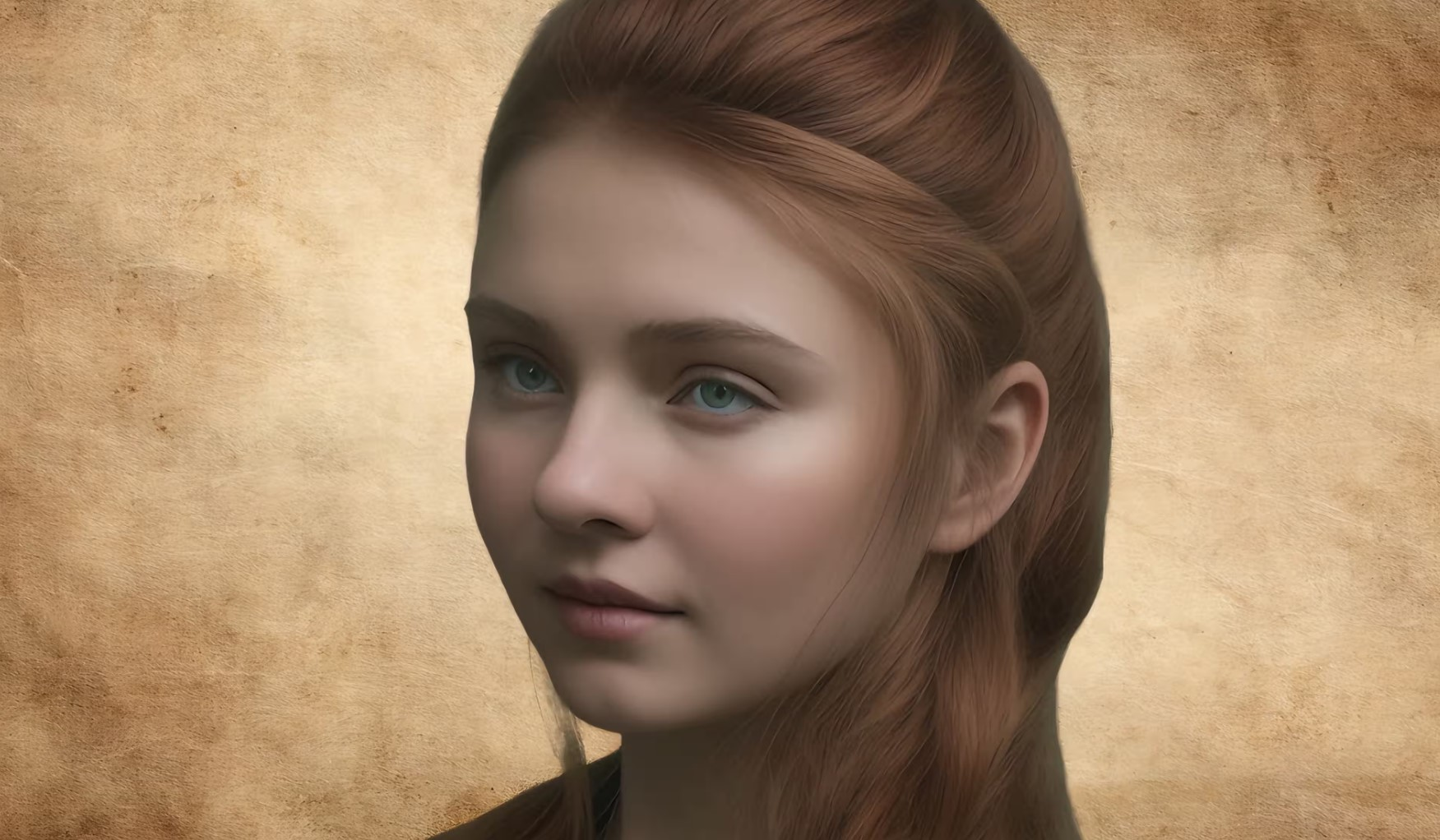More than 3,500 years after her death, the face of a Mycenaean woman has been brought back to life through the power of facial reconstruction technology. Estimated to have died at around 30 to 35 years old, this woman was buried in a royal cemetery deep in the Mycenaean heartland — an archaeological site discovered in the 1950s, long associated with the legendary King Agamemnon.
Dr. Emily Hauser, a lecturer in Classics and Ancient History at the University of Exeter, commissioned the digital reconstruction and expressed her awe at the results.
“She looks incredibly modern. It took my breath away,” Hauser said. “For the first time, we’re looking at the face of a woman from a kingdom linked to Helen of Troy. Clytemnestra, Helen’s sister, is said to have been Queen of Mycenae. Reconstructions like this remind us that these were real people.”
Hauser described the experience as profoundly moving:
“It’s astonishing that after 3,500 years, we can now see the actual face of a royal woman from the Late Bronze Age. And honestly, it’s a face that could have ‘launched a thousand ships’,” she added, in a poetic nod to the Trojan War.
While this woman lived and died centuries before the traditionally accepted timeline of the Trojan War, her newly revealed face is based on a clay cast originally created in the 1980s by researchers at the University of Manchester, a pioneer in facial reconstruction methods. The image was recently given new life through digital refinement by artist Juanjo Ortega G.
According to Hauser, advances in forensic anthropology, DNA analysis, radiocarbon dating, and 3D printing have transformed our ability to reconstruct and understand the ancient world.
“For the first time, we can truly look the past in the eye.”
The woman was buried with a face mask made of electrum (a natural alloy of gold and silver) and a warrior’s burial set, including three swords. Initially, archaeologists assumed these belonged to the man buried beside her. However, DNA analysis revealed that the pair were siblings, not spouses.
“This woman was buried based on her own status and lineage, not through marriage,” Hauser emphasized. “That completely reframes her importance. In fact, evidence now shows that many so-called ‘warrior graves’ in the Late Bronze Age may have belonged to women rather than men — a finding that challenges long-held assumptions about women’s roles in warfare.”
Hauser noted that archaeological records and genetic data are finally allowing the real women of antiquity to step out from the shadows.
Interestingly, analysis of her remains shows signs of arthritis in her spine and hands — likely the result of long hours spent weaving, a demanding and common task for women of the era. Even Helen of Troy is described weaving in Homer’s Iliad.
“It’s a beautiful way to connect the real experiences of women with the myths and stories passed down through time,” Hauser concluded.









